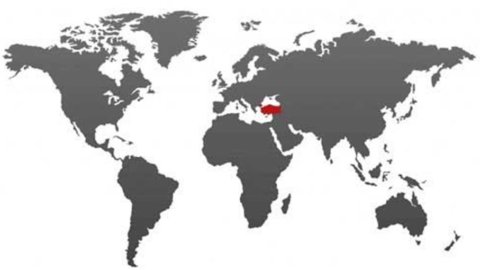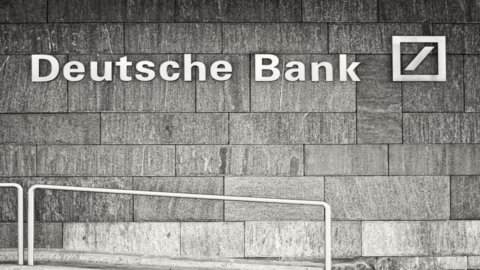As indicated by Intesa Sanpaolo, in the first half of 2014 the Turkish economy maintained an overall growth rate of around 4%, in line with what was seen in the second half of 2013. However the most recent statistics highlight a possible slowdown content. In the first half of this year, the GDP trend was supported by public spending and foreign trade, while both consumption, penalized by the negative impact on disposable income of the acceleration of inflation, and investments, particularly sensitive to changes in the exchange rate, financial conditions and uncertainty about the economic outlook, slowed down. Exports jumped by 11,4%, benefiting from the large depreciation of the currency, while imports, due to the weak demand for machinery and plant goods, almost stopped (+0,8 against +9,3%).
On the supply side, in the first quarter of 2014, compared to the previous year, there was an acceleration in manufacturing production (from +3,8% to +4,9%), with motor vehicle production rising 16,8% in the first three months and 17,5% in the first half. Services growth also accelerated to 5,4%, from 4,7% in 2013, driven by financial and other professional services. Agricultural and fishing production, which still has a high weight in the GDP (9,2%) when compared to that of other emerging economies that have reached a good degree of development, and is focused on cereals (wheat, barley, corn), sugar beet, fruit (walnuts and apples), vegetables and meat (white and red), recorded a growth rate of 3,9%, higher than the +3,1 of the whole of 2013. Construction activity instead slowed down (to 5,2% from 7,1% in 2013).
However, forward-looking economic indicators signal a possible slowdown in the pace of growth. The manufacturing PMI, after growing for seven months, reaching 53,4 in February, subsequently fell and was below the critical value of 50 in both June and July, signaling a phase of contraction for the sector mainly due to the weakness of orders. The manufacturing PMI rebounded to 50,3 in August, driven by the recovery in export orders. The consumer confidence indicator, after recovering from the lows in February (69,2), due to the weakness of the currency and the large rise in interest rates, up to 78,5 in April, in the following months it retraced to 73,2 in August. By reflex consumer credit expansion rate fell to 9,4% in July 2014 from 24,5% in January.
The Turkish economy has a particularly vulnerable external position due to the high current deficit, the heavy dependence on capital flows from abroad, given the low household savings rate, and the low coverage of external requirements and imports guaranteed by foreign exchange reserves. Inflation is high and the inflation target has been consistently exceeded in recent years. The Central Bank, recently returning to cut rates despite high inflation, it has lent itself to the objection of unwillingness to resist pressure of a political nature. Furthermore, Turkey has limited sophistication in domestic production (75% of exports concern agricultural products and manufacturing with medium and low technological content) and attracts relatively few foreign direct investments (the FDI/GDP ratio, equal to 1,7% over the last ten years, is low compared to other emerging countries).
Compared to forecasts at the beginning of the year, growth prospects have improved in recent months with the easing of financial and currency tensions, interest rate cuts after the turbulent phase of increases at the beginning of the year and the more favorable domestic political climate. The acceleration of inflation and the high debt of households and businesses are however a brake on the internal demand of consumers and investors. In the short term, the boost to the economy will continue to come from public spending and exports, supported by the recent depreciation of the currency. However, exports could feel the effects of the tensions that are affecting Iraq (second main market with an export share of 8%) and the Russia (in fourth place with a share close to 5%) and by the slowdown in the cycle in Europe, the main export market.





